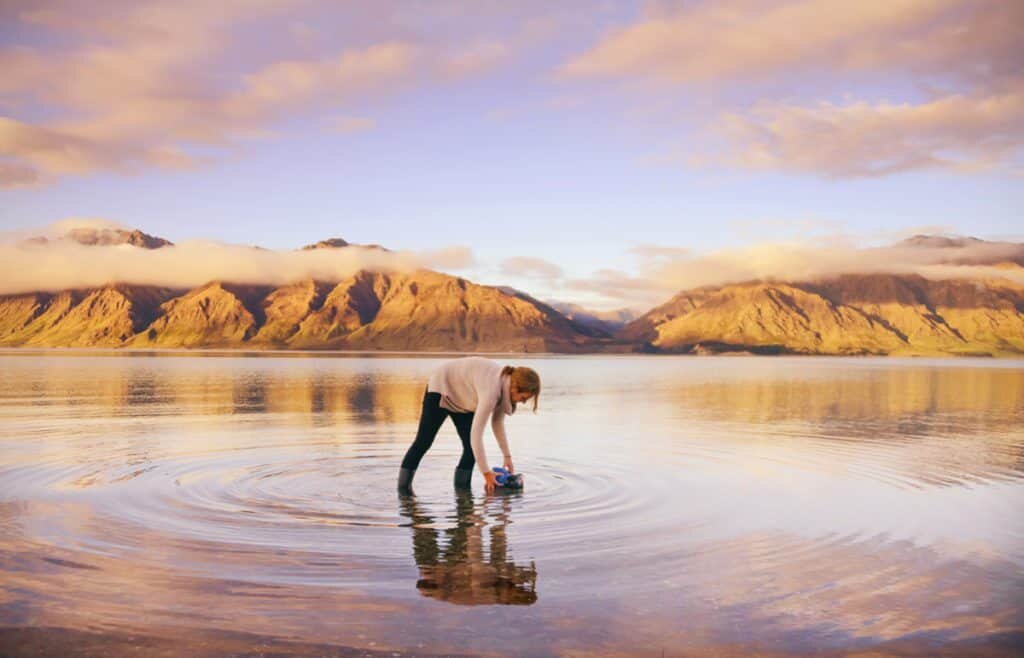Travel photography is an art form that requires a combination of technical skill, creative vision, and a love of adventure. Whether you’re a seasoned photographer or just starting out, capturing stunning travel photos is a great way to document your journeys and share them with others. In this guide, we’ll cover everything you need to know to master the art of travel photography, from choosing the right equipment to editing your photos to perfection.
Choosing the Right Equipment
The first step in mastering travel photography is choosing the right equipment. While it’s possible to take great photos with any camera, investing in a high-quality camera and lenses will give you the best chance of capturing stunning images. Consider the following factors when choosing your equipment:
Camera: Look for a camera with a high resolution, fast autofocus, and good low-light performance. Mirrorless cameras are a popular choice for travel photography, as they are lightweight and compact.
Lenses: A versatile lens is essential for travel photography, as you will need to capture a variety of shots. A wide-angle lens is great for landscapes and cityscapes, while a zoom lens will allow you to get closer to your subjects without having to physically move closer.
Accessories: Don’t forget to pack accessories like extra batteries, memory cards, and a tripod. A tripod is particularly useful for shooting in low light or capturing long exposures.
Mastering Composition
Composition is the art of arranging the elements within your photograph to create a visually appealing image. A well-composed photo can transport the viewer into the scene, creating a sense of depth and emotion. Consider the following tips when composing your travel photos:
Rule of Thirds: The rule of thirds is a simple guideline for composing photos. Imagine a grid of nine equal squares over your photo, and place the main subject on one of the intersections of the grid lines.
Leading Lines: Leading lines are lines within your photo that lead the viewer’s eye towards the main subject. Look for natural lines within your scene, such as a road, a river, or a row of trees.
Framing: Framing is the technique of using objects within the scene to frame the main subject. For example, you could use a doorway, a window, or a tree branch to frame your subject and create a sense of depth.
Understanding Light
Light is one of the most important factors in photography, and it can make or break a photo. Understanding how to work with different types of light is essential for capturing stunning travel photos. Consider the following tips:
Golden Hour: The golden hour is the hour after sunrise and the hour before sunset. The light during this time is soft and warm, creating a beautiful glow that is perfect for landscape and portrait photography.
Blue Hour: The blue hour is the hour after sunset and the hour before sunrise. The light during this time is cool and blue, creating a unique and moody atmosphere.
Harsh Light: Harsh midday light can be difficult to work with, as it creates harsh shadows and can make your photos look flat. Look for shade or use a diffuser to soften the light.
Editing Your Photos
Editing your photos is an essential part of the photography process. While it’s important to get your exposure, composition, and lighting right in-camera, editing allows you to enhance your images and bring out the best in your shots. Consider the following tips:
Use a Good Editing Software: Choose a photo editing software that is easy to use and has the features you need. Some popular options include Adobe Lightroom, Capture One, and Luminar.
Keep It Natural: While it’s tempting to go overboard with editing, it’s important to keep your photos looking natural. Avoid using too many filters or making drastic changes that alter the original scene.
Experiment with Styles: Don’t be afraid to experiment with different editing styles, such as black and white, sepia, or high contrast. Play around with different settings until you find a style that works for your photos.
Capturing the Essence of a Place
The most memorable travel photos capture the essence of a place, conveying the sights, sounds, and emotions of a particular moment in time. To capture the essence of a place, consider the following tips:
Observe: Take time to observe your surroundings and soak in the atmosphere. Pay attention to the details, such as the colors, textures, and patterns of the environment.
Engage: Engage with the locals and immerse yourself in the culture. This will give you a deeper understanding of the place and help you capture more authentic photos.
Tell a Story: Your travel photos should tell a story, capturing the essence of your journey and the experiences you had along the way. Think about the narrative you want to convey and try to capture moments that will help tell that story.
In conclusion, travel photography is a wonderful way to document your journeys and share your experiences with others. By mastering the art of travel photography, you can capture stunning images that transport the viewer to the heart of the scene. Remember to choose the right equipment, master composition, understand light, edit your photos, and capture the essence of a place. With these tips in mind, you’ll be well on your way to taking unforgettable travel photos.





